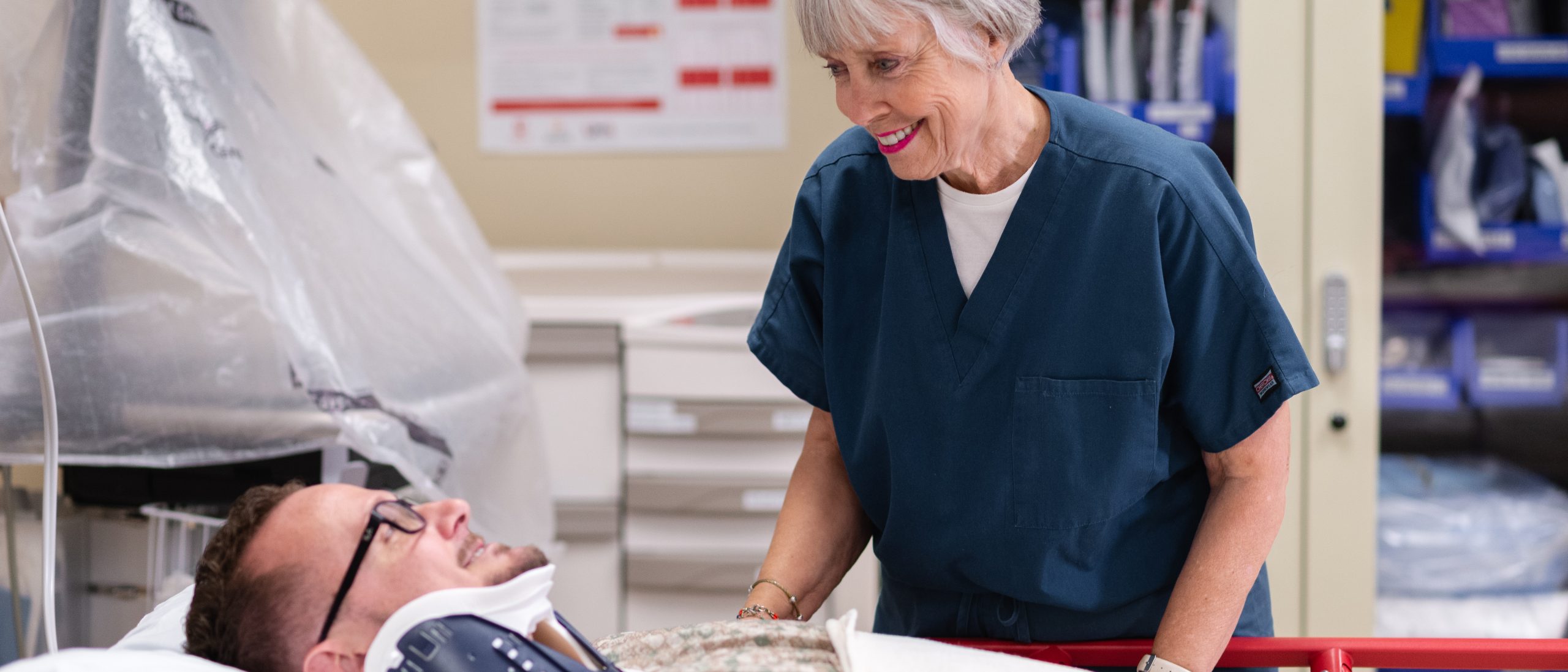The complete patient experience is made possible in often-unseen ways.
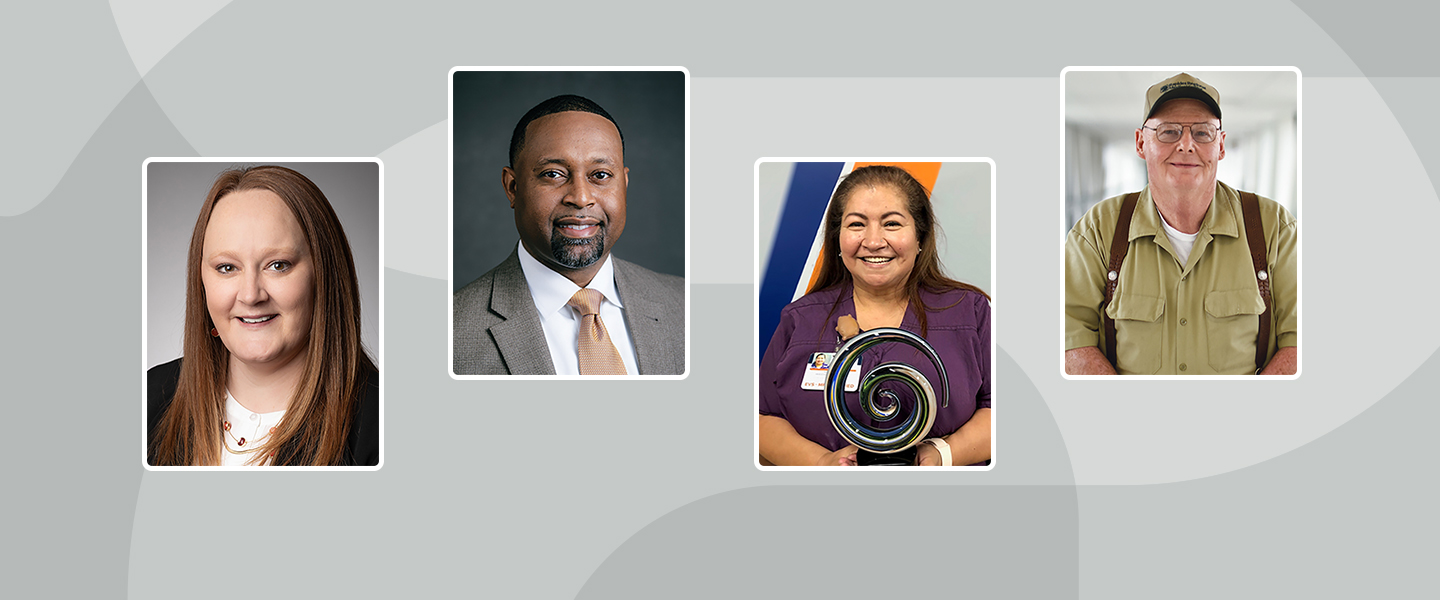
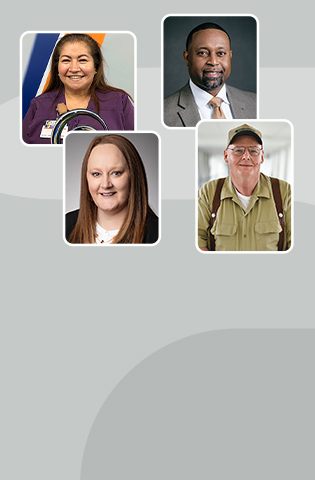
While you may not see these colleagues at the bedside, their work impacts patient care. Whether it’s ensuring that a room is clean and sanitary, that a door closes properly, or that technology is available to communicate with family members, these HCA Healthcare colleagues never forget the purpose behind their work: patients.
Here are just a few faces representing the continuum of care across the enterprise.
My role is to take great care of patients.— Ash Drake, Market Manager, CareNow Urgent Care, Kansas City, Mo.
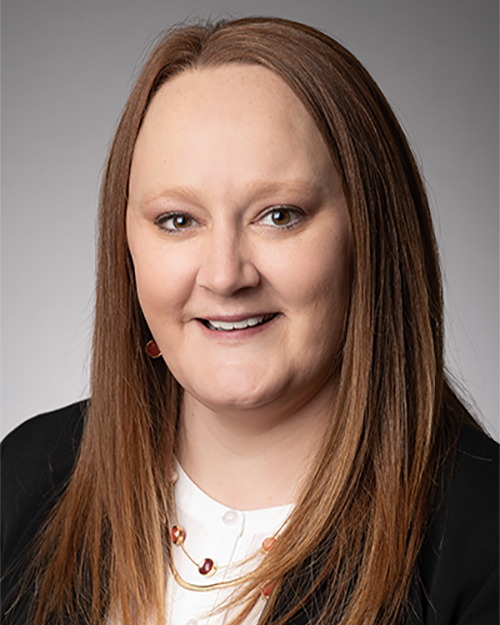
Ash Drake
Market Manager
CareNow Urgent Care
Kansas City, Mo.
Ash Drake, Market Manager, CareNow Urgent Care, Kansas City, Mo.
Ash started her healthcare career when she was just 15, helping her mother answer phones at a small internal medicine clinic in Mexico, Missouri. Two years later, she was working at a hospital X-ray lab. She’s been with HCA Healthcare’s CareNow Urgent Care for about seven years. Although her day-to-day responsibilities as a leader often have her behind the scenes, her reason for getting into healthcare is simple. She is known for saying that her role is “to take great care of patients.”
“It’s the simple, cheesy answer,” she says. “I felt like urgent care was a great complement to all of my skills. I did the work before, so there are times when I step in and do some patient care, especially as an X-ray tech, if they don’t have a tech that day.”
Serving patients is also a good stress reliever that reminds her of her purpose, she says.
“Sometimes if I’ve had stressful calls or meetings, I’ll step in and do some drug screens just to get that patient interaction to remind me that this is why I’m here,” she says.
Early in the pandemic, patient volume at CareNow dropped significantly, but Ash recognized the great need for COVID-19 testing.
“We quickly got on board with doing rapid testing, which we still do today,” she says.
The undertaking required extensive preparation and staff training, establishing new collection procedures and ensuring that supplies were well stocked.
“Hospitals were seeing the really, really sick, so we took on that patient whose child was exposed to COVID-19 and wasn’t sure if they had it themselves. We could help provide that peace of mind,” she says.
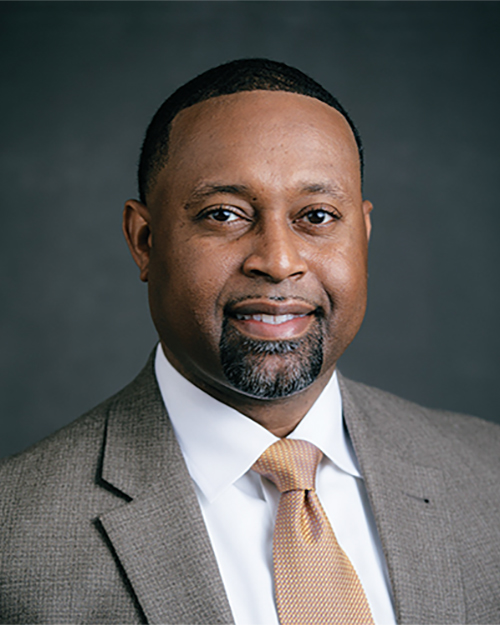
Marlin Sams
Senior IT Director
Research Medical Center
Kansas City, Mo.
Marlin Sams, Senior IT Director, Research Medical Center Kansas City, Mo.
The bulk of Marlin’s responsibilities keep him within the IT department, but it was his time as a PPE runner and vaccine clinic volunteer that significantly informed how his team supports frontline care workers.
In the early days of the pandemic, his team’s work was crucial in an uncertain and ever-changing landscape.
“We were all scared, especially with [our facility] being the hub for all of the COVID-19 patients. We went from having COVID-19 patients just in our medical intensive care unit to having them almost hospitalwide. Just going through that process, working with IT and keeping my team calm, and understanding the barriers and risks. Things were changing weekly and almost daily,” he recalls.
Marlin had to ensure his team stayed healthy and safe, because the impact of their department shutting down for two weeks would be significant across the facility. Protocols were established to limit their risk and exposure.
“The logistics of all of that could have been a nightmare if it had happened, but it didn’t,” he says. “Once you organize your support model, it’s patient care [that is the focus].”
Their early work included providing iPads so frontline colleagues could help connect patients with family members. Each unit had at least two of the devices reserved for their use to prevent cross-contamination. His team also ensured that nurses had enough keyboards and other tactical equipment. They also identified specific team members to assist the frontline staff, limiting their exposure to the rest of the IT team. Those colleagues worked in their own separate offices. Marlin proudly reports that, because of their PPE training and careful measures, none of his team of 10 contracted COVID-19.
“Collaborating in that fashion was the right thing to do. If they [nurses] had issues on the weekend or overnight, they had the hardware they needed. We didn’t want those nurses dealing with the stresses of COVID-19 to worry about needing something from IT,” Marlin says.
After several months of working through the pandemic, Marlin exchanged his suit and dress shoes for sneakers and a hospital gown to volunteer as a PPE runner.
“That really shed a light on how critical PPE is,” he says. “It helped me to connect with nurses who see me in a suit every day, but when I donned a gown, it allowed the connection with IT to get even stronger.
“A lot of leaders in the hospital did that. I didn’t want the hospital or leadership to think that we were not in this with them as well. Not just from a technology standpoint, but we’ll be there, arm in arm, side by side, to do whatever we’ve got to do.”
It also helped him to better understand what the frontline staff needed from IT.
“I wanted to understand how I can help more from the IT perspective in a way that I can’t see from sitting in my office or looking at tickets,” he says.
Despite the fear and uncertainty of those early days of the pandemic, Marlin says he feels better prepared to support frontline caregivers.
“I never thought in a million years I would have witnessed and lived through something like this, but I’m happy I did. It’s something that I’ll be able to take throughout my career with HCA Healthcare.”
They ask me to pray with them. They want hugs or just to be listened to. During the pandemic, they couldn’t have visitors, so they were happy to see me.— Irene Salazar, Housekeeper Environmental Services, HHS West Valley Medical Center, Caldwell, Idaho.

Irene Salazar
Housekeeper
Environmental Services
HHS West Valley Medical Center
Caldwell, Idaho
Irene Salazar, Housekeeper, Environmental Services, HHS West Valley Medical Center, Caldwell, Idaho
Irene had an established career as a cosmetologist when she put it on hold to care for her husband, who had suffered a stroke. She was his caregiver until he was well enough to return to work. But instead of rebuilding her former career, she joined the environmental services team at West Valley.
She’s come to love her new role for many of the same reasons she enjoyed her previous work: people.
“I have a service-oriented heart,” says Irene, an active church member who tries to model her Christian faith. “It’s not just housekeeping. It’s not just a job. It just blesses me that I get to go around and say, ‘Good morning. Good morning. How are you?’ I get to bring love and joy to people, and they delight in it.”
Irene says the most rewarding aspect of her job is when she gets to interact with patients in their rooms.
“They ask me to pray with them. They want hugs or just to be listened to. During the pandemic, they couldn’t have visitors, so they were so happy to see me. Even on my lunch break, I would visit with them because they were really missing family. Here at West Valley, we always say, ‘Care like family.’ For me, that’s the highlight of my day, seeing patients. Honestly, that’s why I’m here. I love it.”
An additional unexpected outcome of her career switch came in the form of emotional healing. The heavy burdens of caring for her ill husband and the loss of her job as a cosmetologist were very difficult to bear, and Irene found herself struggling with depression. When she began working at West Valley two years ago, she was assigned to the hospital’s mental health unit where she at first felt challenged, but where she soon found a sense of purpose.
“It was the hardest thing for me to see — but I had to. I couldn’t let depression become my crutch,” she says. “I’m actually finding the freedom to speak about my depression because I was embarrassed about it. But I’m overcoming that.”
She tries to inspire her fellow colleagues with her encouragement and positivity. “I always tell them, look for the opportunities that you’re missing. I’m a housekeeper, but I understand how important it is that everything is clean and sanitized for patients. I really tell them how much it means to me that I get to clean their rooms.”
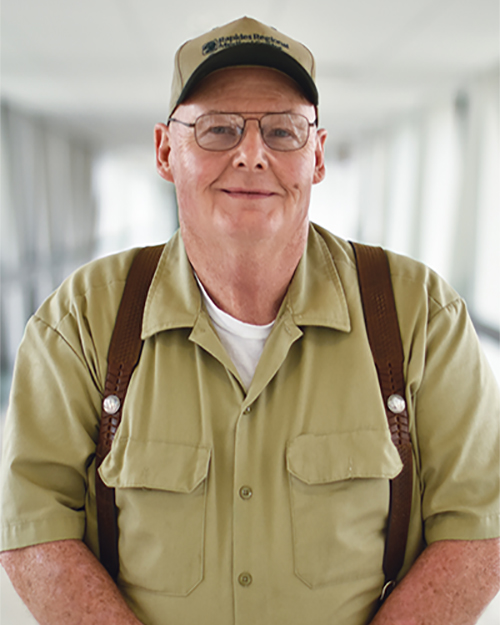
David Fleury
Carpenter
Rapides Regional Medical Center Alexandria, La.
David Fleury, Carpenter, Rapides Regional Medical Center, Alexandria, La.
For 36 years, David has been a constant fixture at Rapides Regional Medical Center.
“It’s what I like to do,” says the lifelong carpenter and jack-of-all-trades. “We have a good team here, and that’s why I’ve been here for so long. We’re a family.”
From his vantage point, a hospital is a complex and comprehensive system that requires great teamwork to keep things running.
“It’s a big world. It’s a lot more than carpentry,” he says of his job. “If a door latch gets old or a door squeaks, we need to take care of that. The cabinets in the rooms, the drawers — all of that needs to work. These people who are here, they’re patients. When you’re not feeling good or you’ve been in surgery, you don’t need the TV not to work or the faucet to drip. They need everything to work properly, from the door to their room opening all the way to the elevators working on their way to X-ray or surgery.”
David says the team stays busy because of ongoing transportation within the hospital.
“Handrails get knocked loose; walls get scuffed; and corners get damaged,” he says.
When you’re not feeling good or you’ve been in surgery, you don’t need the TV not to work or the faucet to drip. They need everything to work properly.— David Fleury, Carpenter, Rapides Regional Medical Center, Alexandria, La.
Working through the pandemic last year was unlike anything he ever imagined he would experience, he says. The hospital’s team of carpenters, plumbers and general maintenance crew members united to solve sometimes unique challenges they had never encountered before. For example, they took extra measures to ensure the automatic doors in the ICU stayed closed because the air from the added HEPA filter machines pulled negative pressure, forcing them open.
“But I was glad to be a part of it, to be able to see that what needed to get done got done. I was worried, and it was stressful, but I felt like I was doing my part by staying here and doing what was needed,” he says. “It was scary, but the hospital provided us with education and enough personal protective equipment to do our jobs, which was great. I never felt unsafe.”
Although David’s direct contact with patients may be fleeting, he says seeing them makes his job extremely rewarding.
“I like seeing people get better and leave feeling good, and I like that they’ve been taken care of and to know that we’ve done our best to make them comfortable.”
